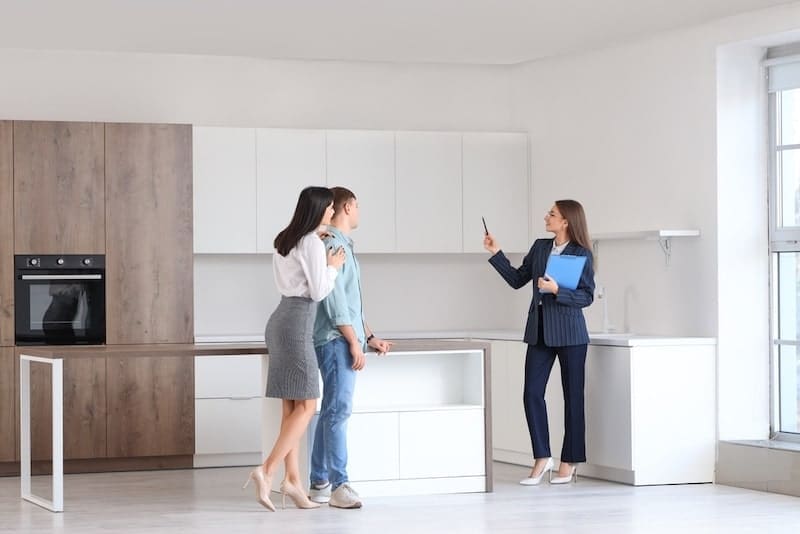Working from home is the new normal. According to the Office for National Statistics in February 2022, a huge 84% of all workers that worked at home due to necessity in the pandemic planned on working at both home and the Garden office in the future. Ask friends and family, and you’re certain to find that – among desk-based workers at least – the vast majority work either entirely from home or in a hybrid fashion.
Does remote always work?
There are certainly benefits to working from home. We get all the time back we spend commuting to work and can spend this on children, hobbies, relaxing, or simply getting the house in order. Teas, coffees, snacks, lunches – all are much cheaper made at home, and the lack of a commute means even more saved.
It can also be easier to concentrate when working from home, given the lack of office hubbub, boosting business productivity. Home workers can also upskill – particularly in IT, given they will likely use it more during their daily work – and even find themselves more motivated due to all these factors too.
However, remote working isn’t always beneficial. Having our work lives in such close proximity to our home lives opens the door to overwork – it’s much easier to work on that urgent report after hours when your laptop is in the next room, not five miles away in the office. Burnout follows, and all the benefits mentioned above can go out the window.
Separation is key – but how?
To guard against burnout and provide space for the benefits to flourish, it’s important to create a clear separation between work and our personal home lives. The importance of a clear definition between the two has been understood for decades.
There are a few ways this can be achieved – a home office being the main approach – but to truly separate work from home, consider a home office in your garden.
Our gardens are home to lots of unused space, particularly during the cooler months. By erecting a home office structure – single story and not taking up more than 50% of the total garden – you can get the privacy and separation you need. It should not be at the front of the house to prevent the need for planning permission.
More than a shed, a home office should have a degree of insulation and be completely watertight. Mains electricity access is a good idea, but if you can’t link mains electricity to your garden office, you can use laptop battery packs or even a more lasting system of high-powered 9V batteries to power your equipment.
Once the interior is plastered and decorated, you can move in the furnishings and get working – in the peace and quiet of your garden.





























